The 20 greatest albums of 1979, from Joy Division – Unknown Pleasures to The Clash – London Calling
From Joy Division to The Clash, Graeme Ross on the defining LPs of a blockbuster year for rock and pop

To celebrate the 40th anniversary of the release of Joy Division’s classic post-punk opus Unknown Pleasures and its equally seminal follow up Closer, the band’s bass player Peter Hook has announced two special UK shows which will take place next year where he will perform the two albums in full as part of his Peter Hook & the Light band.
The announcement is testament to the enduring aura of Joy Division and both shows will help raise money for the charities Calm and the Epilepsy Society in memory of Joy Division’s singer Ian Curtis.
Unknown Pleasures was recorded exactly forty years ago this month, with a June release, so perhaps it’s an opportune time to revisit 1979, a year frequently mentioned as one of popular music’s greatest years for a look at that year’s best albums.
Click through the gallery below to see the 20 greatest albums of 1979
20 Joe Jackson – I’m the Man
Lazily lumped in with punk’s “angry young man” brigade, classically trained Jackson swiftly proved there was much more to him on his auspicious debut album Look Sharp! The even better I’m the Man retained the breathless energy of the former and didn’t mess too much with the formula with a couple of striking ballads “Amateur Hour” and “It’s Different For Girls” which proved a natural follow up single to “Is She Really Going Out With Him?”, and striking observations of his new found fame (”On Your Radio”). On the title track he’s an Arthur Daley figure selling 1970s fads to the masses – “Kung fu, well that was one of my good ones”. However, two albums into his career, Jackson was already moving on, and he wouldn’t sound quite like this ever again.
19 Ry Cooder – Bop Till You Drop
The first digitally recorded album by a major label continued musicologist Cooder’s journey through the history of American roots music which began at the start of the decade with his self-titled debut album. Mostly concentrating on lesser known 1950s and 60s rhythm and blues and soul, Bop Til You Drop includes a fine Elvis cover (“Little Sister”) and an instrumental version of Ike and Tina Turner’s “I Think It’s Going to Work Out Fine”, and Chaka Khan guests on a couple of tracks, but stick around for the closing track “I Can’t Win” for the great but still unsung soul singer Bobby King’s beautiful vocal.
18 Sister Sledge – We Are Family
Typecast as serial underachievers, the four sisters from Philadelphia became one of many acts to benefit from the patronage of Nile Rodgers and Bernard Edwards when the duo applied the Chic Midas touch to their third album. The result was a record full of disco classics, including four hit singles, “Lost in Music”, “He’s the Greatest Dancer”, “Thinking of You”, and the epic title track, all of which define the classic Chic sound.
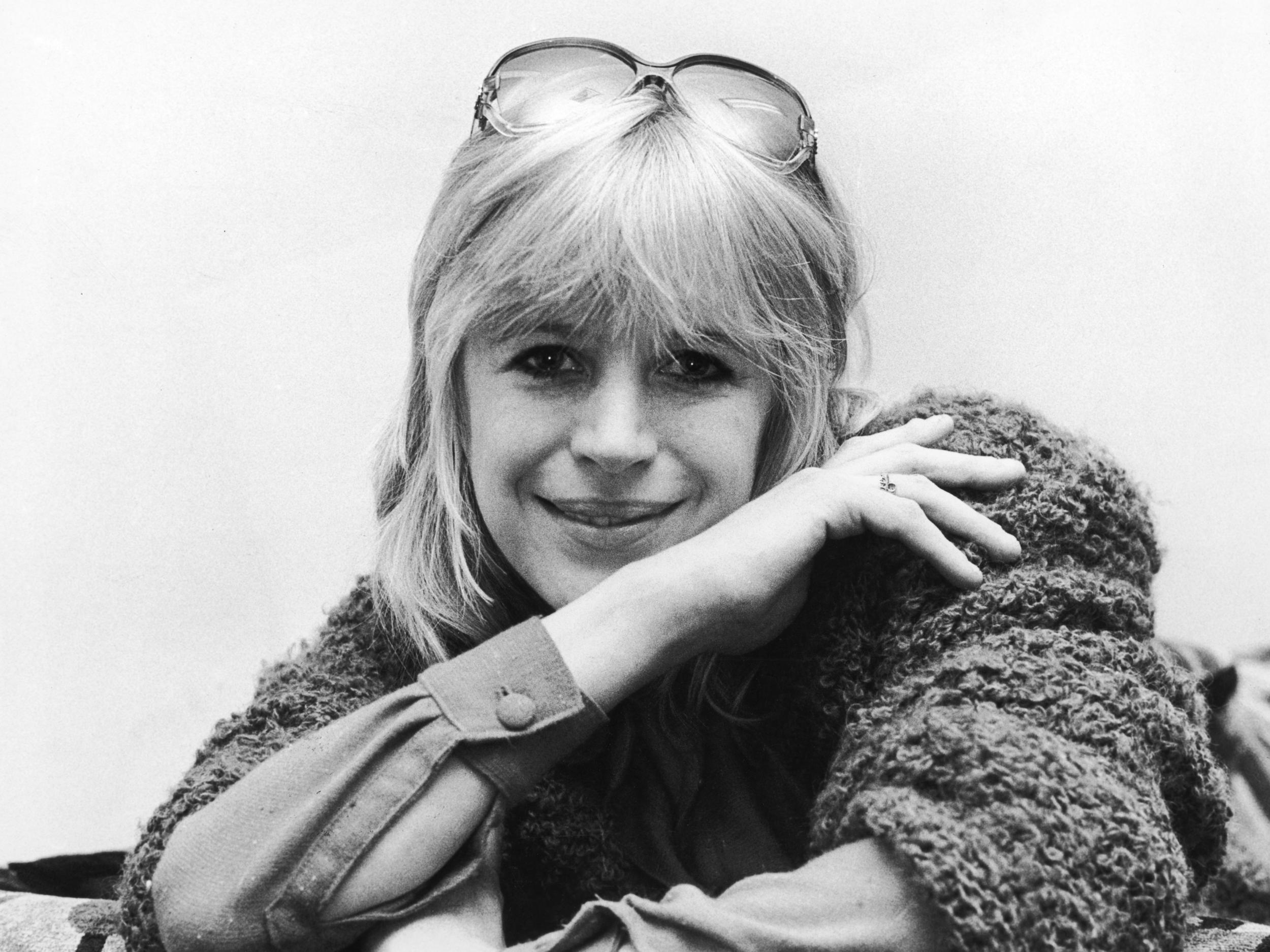
17 Marianne Faithfull – Broken English
The album on which Faithfull, her once purest of crystalline voices ravaged by laryngitis and years of drug abuse, reinvented herself as a smokey-voiced chronicler of the dark side of life. A strong new wave influence permeates Broken English with Steve Winwood’s synthesizers adding a dreamy ambience to proceedings. Faithfull herself called Broken English her masterpiece and it’s hard to disagree. Many of the songs could be viewed as partly autobiographical, particularly her warm cover of “The Ballad of Lucy Jordan” and the raging “Why’d Ya Do It” which even now shocks with her venomous delivery of the X-rated lyrics.
16 The Jam – Setting Sons
The follow up to All Mod Cons found the Jam well on their way to becoming the biggest band in the country with Paul Weller establishing himself as the natural successor to Ray Davies as the foremost commentator on British society’s ills. Setting Sons provided the Jam with their first top ten single with “The Eton Rifles”, a scathing critique of Britain’s class divisions and there are several songs such as “Thick as Thieves” and “Little Boy Soldiers” that give a big clue to Setting Son’s original concept of three boyhood friends reuniting after serving in the British Army. Bruce Foxton contributed the excellent “Smithers Jones”, although we could certainly do without the cover of “Heatwave”.
15 AC/DC – Highway to Hell
The last AC/DC album to feature original frontman Bon Scott proved to be their breakthrough record and deserves its status as one of the key hard rock albums of the era. The album’s success owed much to Mutt Lange’s production which smoothed much of the rough edges that characterised previous albums without losing any of the group’s raw power. Monstrous riffs abound on essential AC/DC tracks such as “Beating Around the Bush” (the main riff of which bears more than a passing resemblance to Fleetwood Mac’s “Oh Well”), “Touch Too Much”, “Girls Got Rhythm” and the legendary title track, the definitive life on the road anthem.
Enjoy unlimited access to 100 million ad-free songs and podcasts with Amazon Music
Sign up now for a 30-day free trial. Terms apply.
ADVERTISEMENT. If you sign up to this service we will earn commission. This revenue helps to fund journalism across The Independent.
Enjoy unlimited access to 100 million ad-free songs and podcasts with Amazon Music
Sign up now for a 30-day free trial. Terms apply.
ADVERTISEMENT. If you sign up to this service we will earn commission. This revenue helps to fund journalism across The Independent.
14 Tom Petty and the Heartbreakers – Damn the Torpedoes
The dazzling 1-2-3 thrust of “Refugee”, “Here Comes My Girl” and “Even the Losers” gets this terrific album, arguably Petty’s best, off to a flyer, and the quality barely drops thereafter. Petty’s enduring influences – the Byrds, the Stones, Sixties British invasion bands – are all still much in evidence but this is the album where Petty really blossomed as a songwriter as he and his great band effortlessly straddle the gulf between new wave and classic rock.
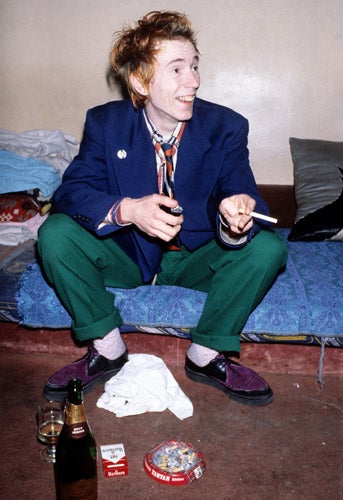
13 Public Image Ltd – Metal Box
If John Lydon’s new band’s debut album the previous year didn’t deviate too much from the punk rock template, then the follow up was a different kettle of fish altogether, an album which introduced the avant garde to the singles charts and mixed Swan Lake with a bass-heavy disco groove (”Swan Lake”). Metal Box’s modal mix of dub, reggae and noise rock garnered ecstatic reviews on release and forty years on remains an enduring example of Lydon’s unique vision.
12 Van Morrison – Into the Music
Van had taken a three year sabbatical after 1974’s superb Veedon Fleece and returned with a couple of middling albums A Period of Transition and Wavelength. Into the Music was a stunning return to form and presaged a decade of varied and interesting work before he settled for the autumnal slumber of the past two decades. There’s no Moaning Boy Blues here, rather a celebratory tone permeates the album on the likes of (”Troubadours” and “Steppin’ Out Queen”) and Van looks forward to the spiritual route he would take on his next albums Common One and Beautiful Vision on the uplifting “Bright Side of the Road“ and “Full Force Gale”, and the rollicking “Rolling Hills”. There’s also a remarkable version of the standard “It’s All in the Game” which, when paired with his own “You Know What They’re Writing About”, made for a memorable experience when Morrison performed them live in the early Eighties. “And the Healing Has Begun” is the beginning of Morrison’s obsession with the healing power of music.
11 The Specials – The Specials
The Specials debut album followed hard on the heels of their revolutionary “Gangsters” single, and while it didn’t include that particular 45, the band’s two subsequent slices of social commentary that lit up the singles charts, “Message to You, Rudy” and “Too Much Too Young”, were. The rest of the album follows the same compelling formula: a fusion of punk energy and 60s ska and reggae, mostly group originals such as “Stupid Marriage” which covered the same territory as “Too Much Too Young” and the scathing “Doesn’t Make It Alright”, mixed with covers of key figures in Jamaican music – Toots and the Maytals’ “Monkey Man” and Prince Buster’s “Too Hot”. Elvis Costello produced, and as a state of the nation address documenting a time and a place, The Specials is hard to top.
10 Elvis Costello – Armed Forces
Costello’s run of great albums showed no sign of abating with his third release which has been called his political album. “Green Shirt”, “Goon Squad and “Two Little Hitlers” all reinforce that assertion with “Accidents Will Happen” and “Oliver’s Army” once more demonstrating Costello’s gift for couching controversial subjects in catchy radio-friendly songs. Armed Forces found the incredibly prolific Costello at his artistic and commercial peak and he was already working on the 20 songs that would appear on his next gem, Get Happy!
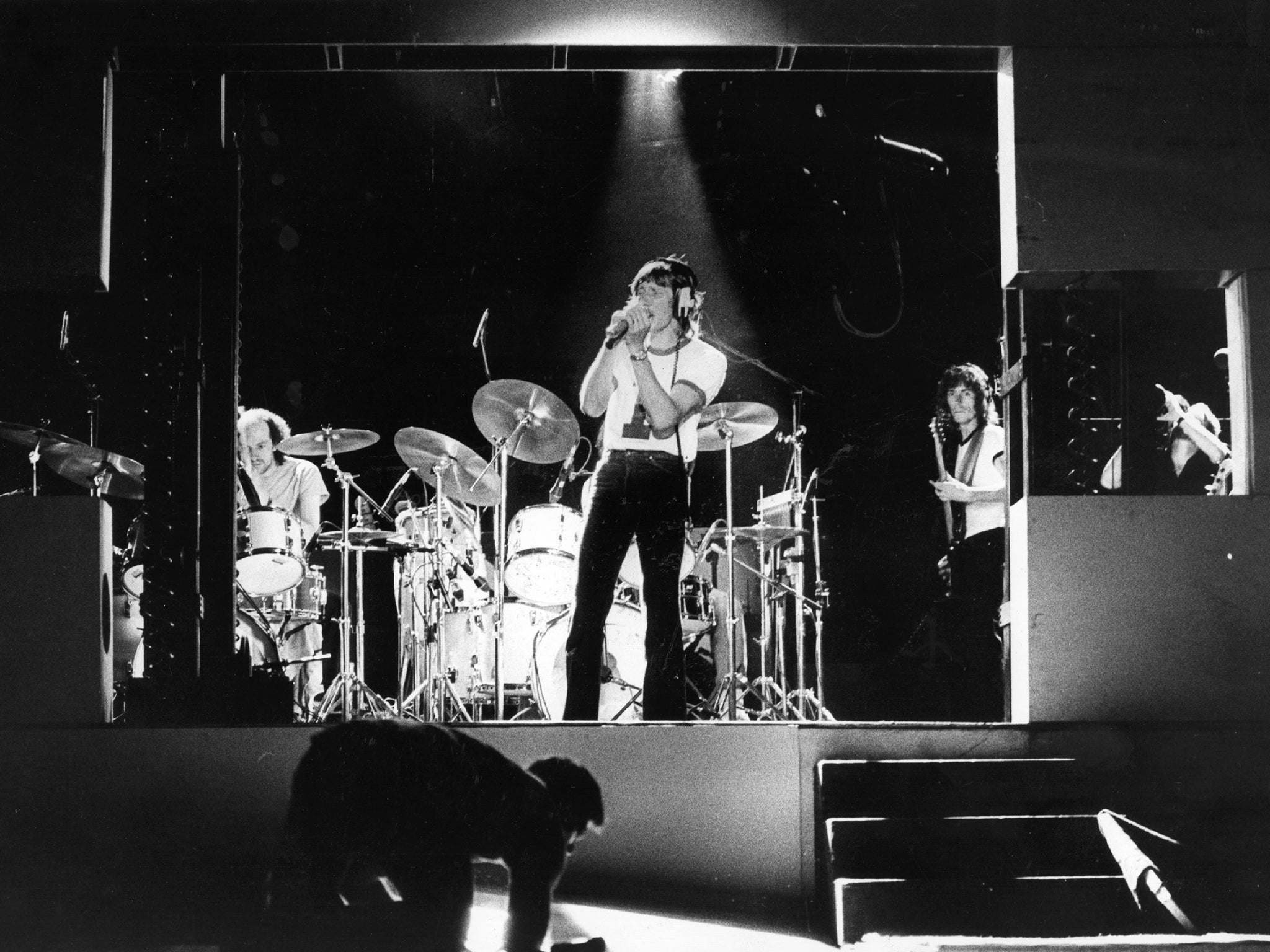
9 Pink Floyd – The Wall
A sprawling double album that still divides opinion, the concept’s bleak subject matter – the mental decline of a rock star, the vacuousness of the rock star lifestyle and society’s oppression of the individual as embodied on “Nobody Home” was based on Roger Waters own experiences. It’s a heavy listen it must be said, but “Comfortably Numb” and the surprise Christmas No 1 “Another Brick in the Wall” lighten the load.
8 Gang of Four – Entertainment!
Uncompromising, politically charged post-punk with hints of reggae and dub from the radical and influential Leeds quartet whose funky rhythms along with Andy Gill’s slashing cut-and-run guitar technique made for an unlikely but compulsively danceable mix. Totally unique at the time, Entertainment! didn’t quite establish the “agit-pop” genre, but look for Gang of Four’s influence on the likes of Rage Against the Machine and the Red Hot Chili Peppers on tracks such as “I Found That Essence Rare” and “Damaged Goods”.
7 Fleetwood Mac – Tusk
Tasked with following up two huge-selling albums in a row, Fleetwood Mac resisted the temptation to follow the air-brushed soft rock template of Fleetwood Mac and Rumours. Guided by Lindsey Buckingham they moved into largely uncharted new-wave-influenced territory with the experimental Tusk. It was the first album to cost a million dollars to make and sold “only” four million copies, earning it a reputation as a commercial flop. This double album was no artistic flop however – Tusk is quite probably the group’s greatest achievement with “Sara”, “Sisters of the Moon”, “Save Me a Place”, “Think About Me” and the spectacular title track, marching band and all, just some of the many highlights.
6 Michael Jackson – Off the Wall
Michael Jackson’s first album after leaving Motown and teaming up with Quincy Jones was a revelation at the time and marked his transition to sophisticated adult performer with an album full of dance-funk classics interspersed with heart-rending ballads.The title track, “Don’t Stop ‘Til You Get Enough”, “Rock With You” and “She’s Out of My Life” on which Jackson’s tears are real, were all huge hit singles and the cover of Stevie Wonder’s “I Can’t Help It” is sublime.
5 Neil Young & Crazy Horse – Rust Never Sleeps
Neil Young ended a decade in which he resolutely trod his own path by reuniting with his most trusted collaborators Crazy Horse and the result was one of his finest albums. The title and concept – an acoustic side followed by the electric side two and mostly recorded live, aptly summed up both Young’s refusal to stay still artistically and his career up to that point. “Powderfinger”, one of his greatest rockers, is counterbalanced by the delicate “Pocahontas”, and the album is bookended by two versions of the same song, “My My, Hey Hey (Out of the Blue)” and “My My, Hey Hey (Out of the Black)” in which Young, concerned that with the coming of punk he had become redundant, namechecked Johnny Rotten. The former’s famous lyric “It’s better to burn out than to fade away” was included in Kurt Cobain’s suicide note, causing Young much anguish and soul-searching.
4 Graham Parker and the Rumour – Squeezing Out Sparks
Parker came out of the pub/rock movement, but his biting lyrics and highly charged live performances had more than a hint of punk attitude and soon he was the critics’ darling. However, bad luck and bad timing plagued him, and angrier and younger angry young men like Elvis Costello usurped him in the same critics’ hearts. But it’s always worth reiterating how great the man’s work is. Squeezing Out Sparks is his finest album and appropriately the Rumour who are to Parker what Crazy Horse is to Neil Young, are on board. Parker’s performance and the fantastic songs on Squeezing Out Sparks vividly demonstrate why comparisons to Dylan, Springsteen and Van Morrison didn’t seem outlandish forty years ago and still don’t now. There are so many Parker classics here: the raw urgency of “Discovering Japan”, “Local Girls”, the smash hit single that eluded him, and the almost unbearable emotional intensity of “You Can’t Be Too Strong”and “Passion is No Ordinary Word”. “Love Gets You Twisted” is a typically caustic Parker observation of the follies of love and when he sneers that “Saturday Nite Is Dead”, you can’t help but believe him.
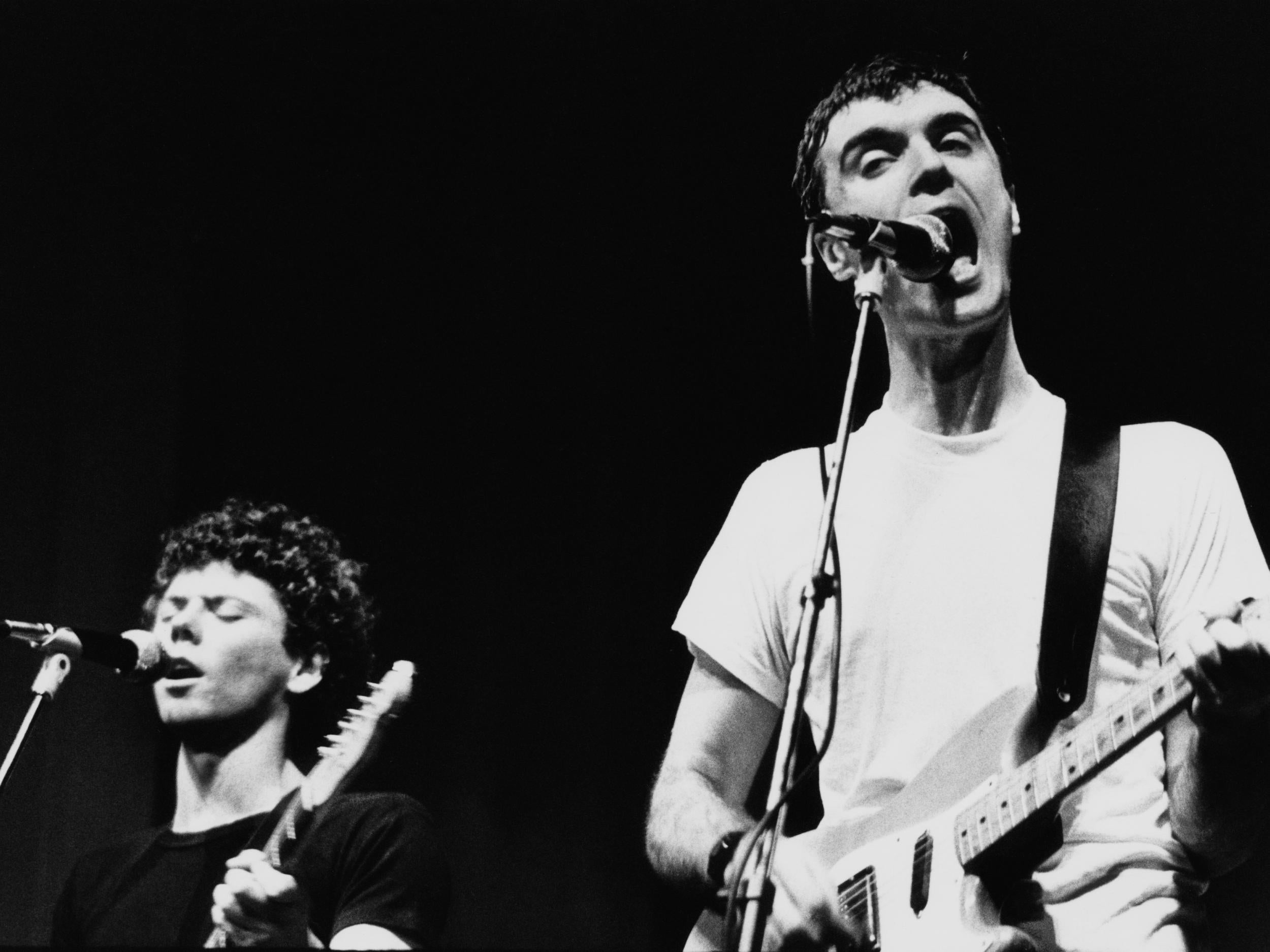
3 Talking Heads – Fear of Music
The cover of Al Green’s “Take Me To the River” on Talking Heads second album foreshadowed the dance beats and African rhythms that would dominate their subsequent albums as exemplified by Fear of Music’s opening track “I Zimbra”. Paranoia and fear stalk this record in the shape of “Life During Wartime” and “Cities” and there’s a tired, beautiful resignation about “Heaven”, with David Byrne’s phobia of the modern world prevalent throughout, even as the group moved further and further away from their CBGB beginnings to explore the unbounded possibilities of studio technology.
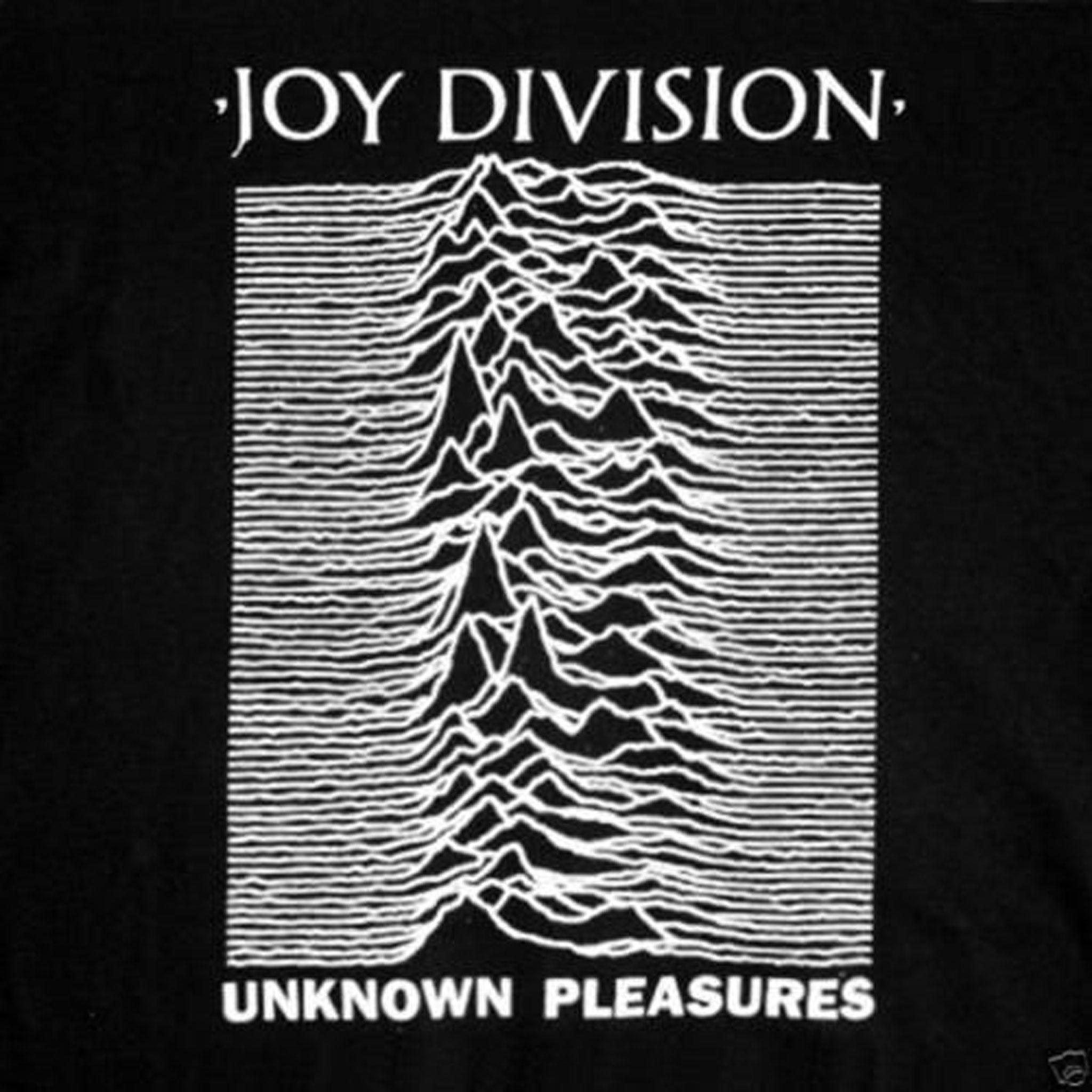
2 Joy Division – Unknown Pleasures
The timeless debut album from the definitive post-punk band was released to widespread acclaim and its reputation has continued to grow over the past four decades. Owing much to Martin Hannett’s landmark production, Unknown Pleasures emits an austere beauty and pulses with energy. With bass and drums high in the mix, Bernard Sumner’s piercing guitar lines and Ian Curtis’s haunting delivery of lyrics that resonate with alienation and despair, the result is an album full of raw, visceral power, notably on the ominous “Day of the Lords”, the harrowing “Shadowplay” and the poignant “She’s Lost Control” which Curtis, who was an epileptic, wrote for a girl he knew who had the same condition when he learned she had died. Nothing like Unknown Pleasures had ever been heard before and it remains infinitely influential.
1 The Clash – London Calling
An inspired double album on which the Clash left (most of) their punk roots behind on an astonishingly diverse range of styles including reggae, ska, rockabilly, pop and rock. Released to universal acclaim, London Calling presents the Clash at their most assured – there’s absolute no filler here as they demonstrated that they were capable of effortlessly achieving anything that they fancied. The anthemic roar of the title track, the menacing “Guns of Brixton”, the cover of Vince Taylor’s “Brand New Candidate”, the witty critique of overbearing American influences (”Lost in the Supermarket”), the rootsy “Train in Vain”, the call to arms to fight society’s expectations (”Clampdown”) are all amongst the Clash’s greatest moments. Rolling Stone may well have declared London Calling the album of the 1980s (it had a delayed release in the States), but the Clash’s towering achievement, the greatest album of 1979, brought the decade to a fitting closure.
Join our commenting forum
Join thought-provoking conversations, follow other Independent readers and see their replies
Comments